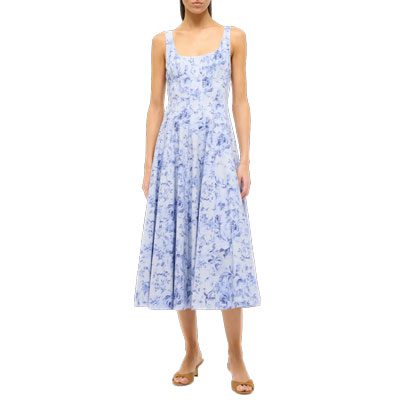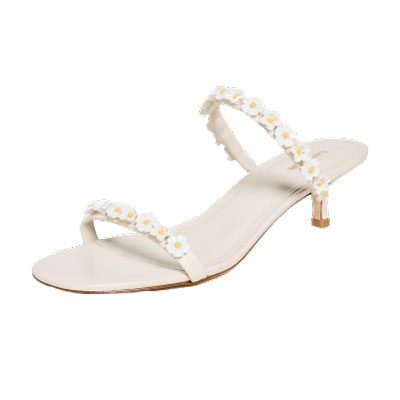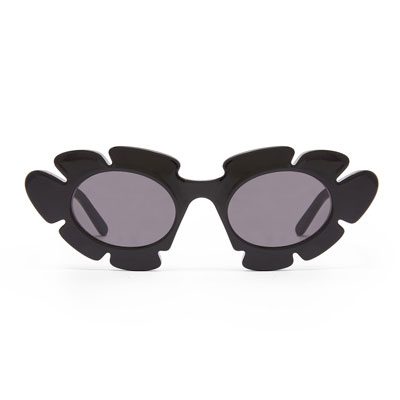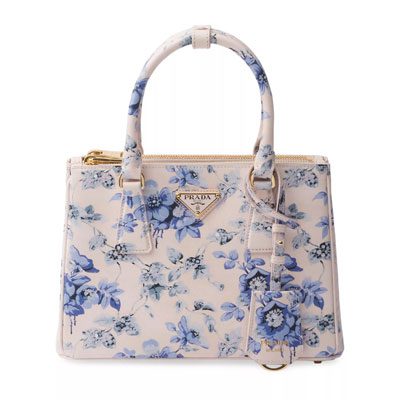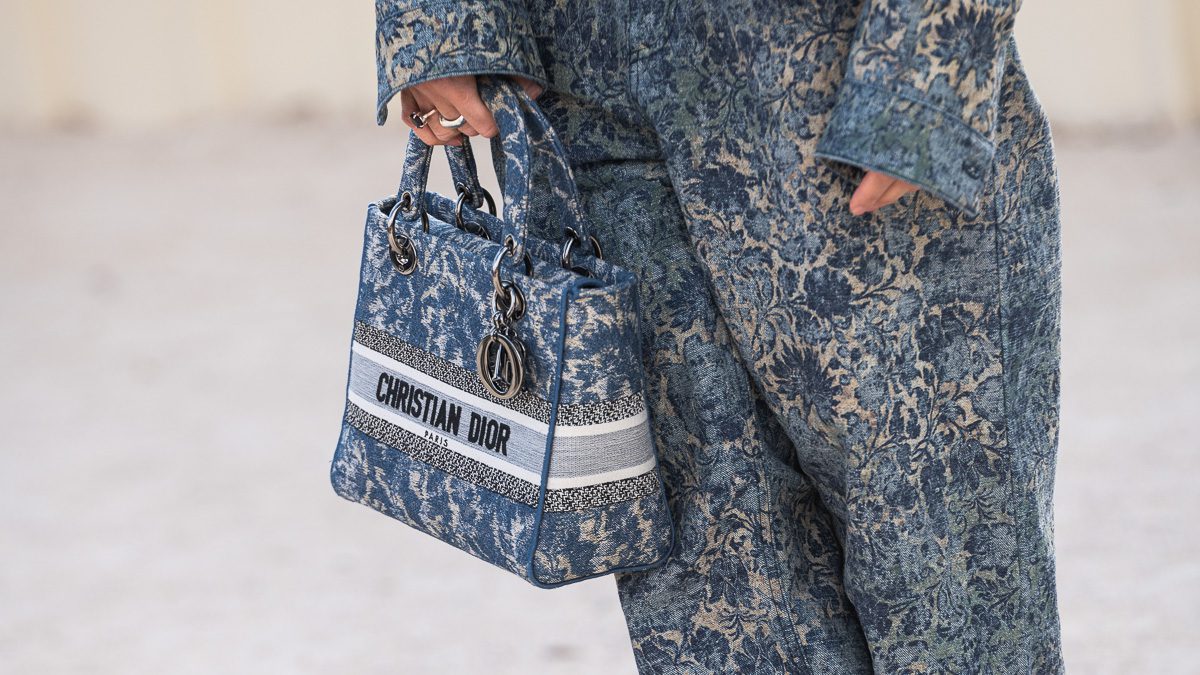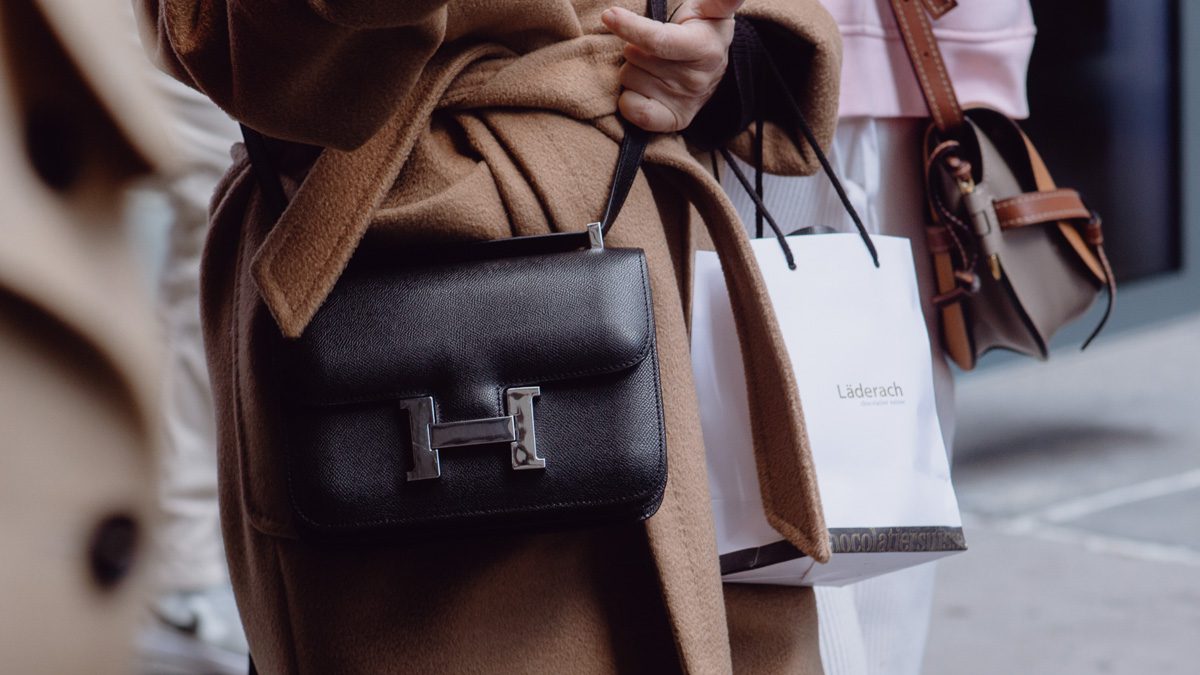As you might imagine, we spend a lot of time in the PurseBlog offices talking about bags. Bags we’re plotting to buy, bags we can only buy in our imaginations, bags we think are a waste of money – it all comes up eventually. Last week, Bea posed an interesting question to me: if I had $1,500 and could buy any handbag I wanted, what would I buy? Which, in turn, lead me to a question of my own: where have all the great $1,500 bags gone?
In the five-plus years I’ve been covering the accessories industry, the market has cleaved in two. While premier designer bags get more expensive by the year (partly because of rising costs for materials and labor, partly because higher prices actually make the bags more enticing to affluent customers), contemporary brands have lowered their core price levels. Brands like Rebecca Minkoff and Botkier used to aim for a $595 price tag for their everyday bags, but in recent years, many of those same brands report that business is more sustainable at a $395-$495 price point.
That parting of the market has made way for noteworthy “premium contemporary” brands like Alexander Wang and 3.1 Phillip Lim, whose handbags average around $800 and satisfy younger customers with high-end tastes and real-world (or relatively real-world) budgets. Those brands might make a couple bags in the $1,500 price range every season to fill out the very high end of their range, but what happened to all the $1,500 bags that used to anchor entire brands?
When the Celine Luggage Tote debuted, it cost $1,750, but now it starts at $2,400. Before it, the Proenza Schouler PS1 cost $1,595, but it was raised to $1,695 several seasons ago, and the marquee bags that Proenza has launched since have all cost much more. Now, when similar brands debut a bag they’re hoping will catch on like those did, they generally price it at $2,000 or above, like the Chloe Baylee Bag ($2,050) and the Saint Laurent Sac de Jour ($2,950). During the It Bag era of the mid- to late-2000s, you could bank on getting a premium bag for around $1,500, but that number has increased rapidly in the past few years.
Although premium contemporary labels have been extremely successful at filling some of the price gap, there will only be more room for new brands as premier prices reach higher and higher. Who will step up to meet that inevitable consumer demand remains to be seen.






